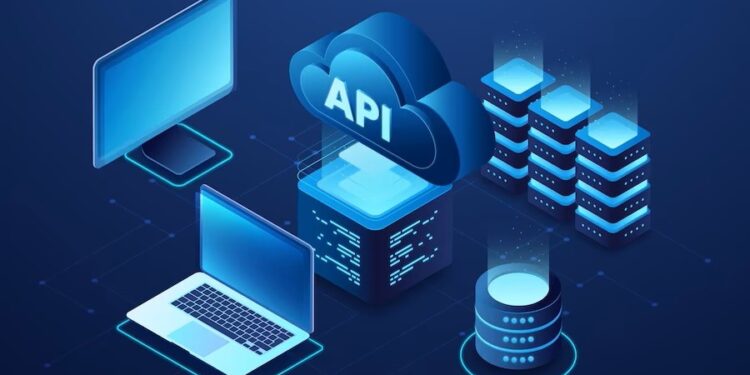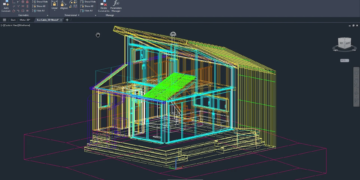API automation plays a crucial role in modern software development, particularly in microservices architectures, where multiple independent services need to interact and communicate seamlessly. Efficiently automating API tests across microservices ensures that these interactions are reliable and scalable. Hypertest offers a powerful solution to streamline API automation in microservices environments, providing teams with the tools they need to improve the speed and reliability of their testing processes.
In this post, we’ll explore Hypertest’s approach to API automation and how it enhances the testing of APIs across microservices.
What is API Automation in Microservices?
API automation in the context of microservices involves automating the testing of interactions between various microservices and external APIs to ensure that the system works as expected. Given that microservices often involve multiple components interacting with each other (such as databases, external services, or other microservices), automating the testing process becomes critical for maintaining the functionality and reliability of the system.
Automated API testing helps catch integration issues early in the development cycle, reduces the potential for human error, and accelerates the testing process. With microservices, where APIs communicate across several independent services, API automation ensures that all integrations are verified continuously as the system evolves.
Why is API Automation Important for Microservices?
- Increased Complexity: Microservices architectures are inherently more complex than monolithic systems. As each microservice can interact with different external services and databases, automated API testing helps ensure all components work together.
- Faster Development Cycles: Automated tests run continuously in CI/CD pipelines, allowing teams to identify issues earlier and improve release cycles.
- Consistency and Reliability: Automated tests reduce the risk of human error, providing consistent and reliable results across all services.
How Hypertest’s Enhances API Automation Across Microservices
Hypertest offers a robust solution to automate API testing across microservices, addressing key challenges like ensuring compatibility between services, testing integrations, and maintaining scalability.
Here’s how Hypertest enhances the API automation process in microservices environments.
1. Simplifying Test Management
Hypertest centralizes the management of all API test cases, making it easier for teams to organize, maintain, and run tests for different microservices. It allows users to create reusable test components that can be shared across multiple services, making it easier to manage large, complex testing workflows.
This centralized approach ensures that teams can quickly update and maintain tests as services evolve or as new dependencies are introduced. It also provides visibility into which services are covered by tests, helping identify gaps in the test coverage.
2. Automating API Contract Testing
Hypertest integrates contract testing into the automation process, allowing teams to verify that the consumer and provider services can still communicate correctly as each service evolves. In microservices, where each service is developed independently, ensuring compatibility between services is crucial.
With Hypertest, teams can automate the verification of contracts between the consumer and provider. This ensures that all services conform to agreed-upon specifications and prevents breaking changes from disrupting the functionality of the entire system.
3. Seamless CI/CD Integration
One of the biggest benefits of Hypertest is its seamless integration with CI/CD pipelines. As microservices architectures rely heavily on continuous deployment, Hypertest ensures that every code change is automatically tested for API compatibility, performance, and functionality.
By integrating Hypertest into your CI/CD pipeline, teams can automate the execution of tests whenever code changes are pushed to the repository, catching integration issues and regressions early in the development cycle. This helps developers focus on writing new features while ensuring existing functionality is not broken during the deployment process.
4. Mocking and Service Virtualization
In microservices environments, where services often rely on other APIs, databases, and third-party services, testing can become complicated. Hypertest simplifies this with built-in mocking and service virtualization capabilities. This allows teams to simulate real-world API interactions without needing to depend on external services or databases during testing.
By using mock APIs, teams can test their services independently, ensuring that integration points between microservices are functioning correctly even if the external systems are unavailable. This greatly enhances the efficiency of the testing process and makes it easier to write and execute tests.
5. Scalable Test Execution
Microservices architectures often require testing at scale due to the large number of services and endpoints involved. Hypertest enhances the scalability of API automation by supporting parallel test execution. This means that multiple tests can be executed simultaneously, reducing the time needed to run extensive test suites.
Parallel test execution ensures that teams can quickly validate interactions across many services, speeding up the feedback loop and improving development efficiency. As microservices environments grow, this scalability allows teams to maintain a high level of testing without sacrificing performance.
6. Detailed Reporting and Insights
Hypertest provides detailed reports on test results, offering insights into the health of API interactions across microservices. This includes detailed logs of successful and failed tests, providing the necessary data to troubleshoot issues efficiently.
By presenting test results in an easy-to-understand format, Hypertest helps developers quickly identify problems, whether it’s a failed API call, incorrect response, or mismatched contract. These reports are crucial for improving collaboration between teams and ensuring issues are resolved before they make it to production.
Conclusion
In a microservices architecture, where multiple services need to interact seamlessly, Hypertest’s approach to API automation helps ensure that APIs are tested efficiently, reliably, and at scale. From automating contract tests to integrating with CI/CD pipelines, Hypertest enhances the testing process, helping teams build more robust and scalable systems.
If you’re looking to improve the efficiency and reliability of your API testing in a microservices environment, consider adopting Hypertest’s powerful features to automate and streamline your testing workflows.













